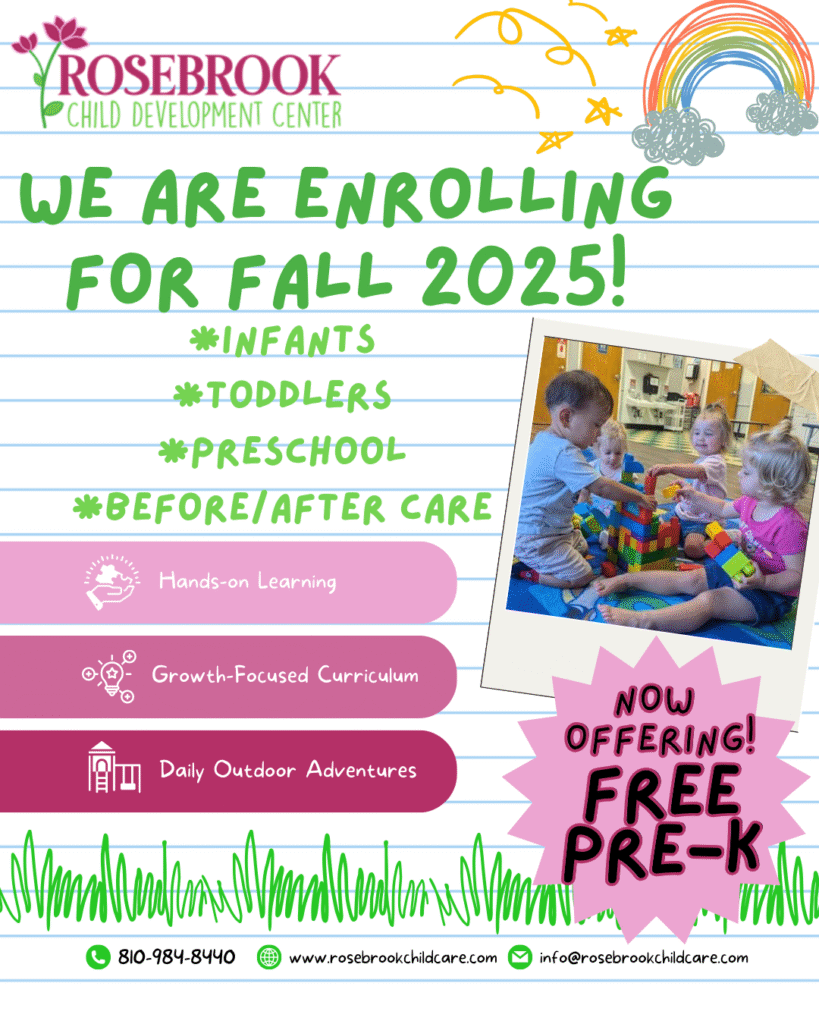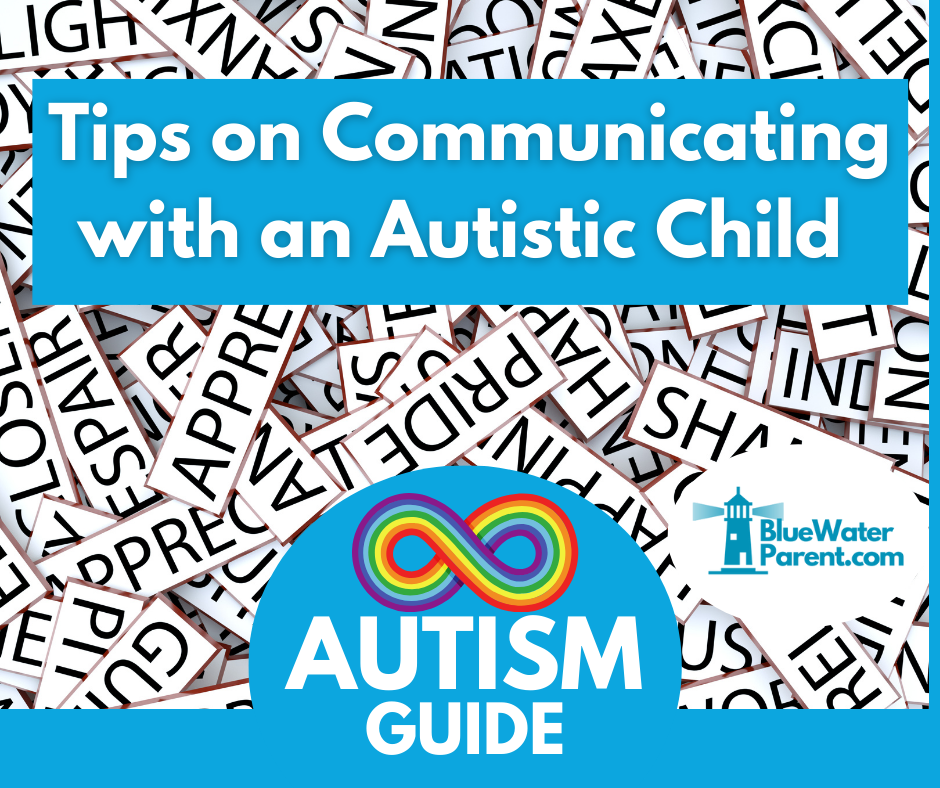Published December 3, 2024
Parenting blogger and autism activist, Jackie Davidson, shares tips on effective communication with families of autistic children.
Thick Skin
As a mom to an autistic child, I have acquired a pretty thick skin. I wasn’t born this way; I’ve been forged. Through this process, I have learned how to navigate how others perceive autism and how to internalize it for my daughter and myself.
Teaching Opportunity
In the beginning, a lot would bother me. When people would belittle autism by saying things such as, “Everyone’s a little autistic” or “They’re just a little awkward”, I would often get upset with them. I now understand they mean well, and instead of getting angry at the ignorance of those two statements I use it as a teaching opportunity.
The idea to write this story came to me while trick or treating with my kids. It is glaringly obvious at this point that many simply do not know how to talk or communicate with autistic individuals. Instead of getting upset about it, let’s teach!
Presume Competence
It’s easy to forget that autistic kids aren’t hard of hearing (typically) and not cognitively impaired (typically). Although there may be more than one disability, for this story, let’s assume we are talking about purely autistic or AuDHD (ADHD and autistic) individuals.
As parents we learn to presume competence, meaning we assume our kids understand everything around them and what is being said to and about them. You will hear us ask questions and have full conversations with our kids even if they do not respond. Why do we do this? Because they understand what we are talking about but lack the connections (made by not dropping synapses- more to come on that another time) to talk back or answer promptly. So, if you are around an autistic individual please try to remember you are heard, you are being paid attention to, and there is understanding
.
Tips on Communicating
Here are some tips for speaking with autistic children/adults:
- Get on the child’s level physically to speak.
- Do not speak slowly and/or super loudly as if the child does not understand or cannot hear.
- Use hand gestures or sign language along with your speech.
- Repeat what you said maybe a few times after giving some wait time in between.
- Give a lot of wait time and do not put answers in the child’s mouth. Be patient!
- Always assume the child can understand.
- Avoid trying to communicate in a busy environment. Choose your moment in a calm setting.
- Be very clear and concise. Avoid slang and sarcasm.
- Sometimes beginning with a special interest or showing an interest in what the child is already doing opens the door to attention and communication. Once you have the attention with you, you can then speak on other things!
- If using an AAC device (a device used for communication) try to have the parent help you navigate with the child unless the child is fluent in using the device.
- When asking a question give two answers to choose from. For example: did you go to the beach today or the park? You can simplify it to “beach or park today” depending on the child’s communication level.
- If Spell to Communicate is the tool needed, have a spell board on hand. We’ve even been seeing a rise in parents/caregivers getting a tattoo of the board so they might even have one right there for their child to spell answers on!
- Use visual support like photos of what it is you’re speaking about.
- Respect everyone’s differences, what works for one person may not work for another.
- Don’t stop trying! I often fear my child feels given up on and so she learns the opposite of what we try to teach her. I fear she won’t want to answer people because they won’t wait long enough for her to answer or she offended them once when she didn’t mean to or even realize.
Ask the Caregiver
It’s important to talk to the parent about how best to make connections with their children, so do not shy away from asking. I hope these tips help us all take a few steps in a more productive direction for everyone!
Story by Jackie Davidson for BlueWaterParent.com.
All content of BlueWaterParent.com is for informational and entertainment purposes only and does not constitute medical advice.




